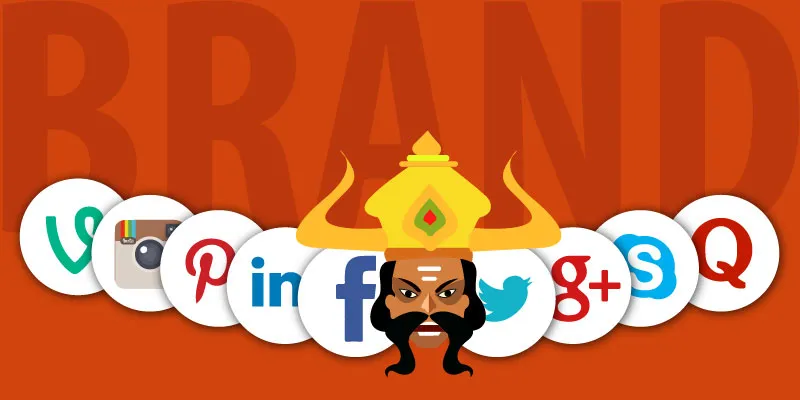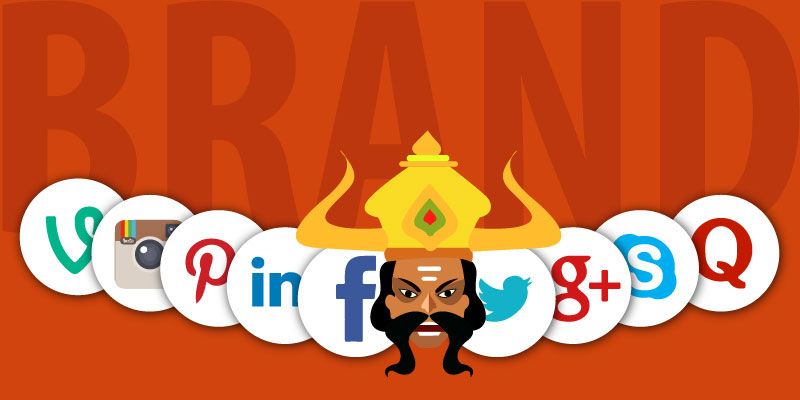Can content harm your brand? The Grabhouse story
In the era of social media, where every brand is creating content, you need to create yours at a frantic pace to keep up with the times and be visible.
But in this race of content creation, a lot of brands lose the core purpose of why they are creating content in the first place. It is a trap and once you get into it, it will be very difficult to get out.

The core purpose of content is to communicate with your users regularly so that they start engaging with you and recognising you in the clutter. And eventually, they should be your customers. Content should be about creating a mindspace in your consumer.
Content marketing fails when the content fails to serve the purpose of the brand, which is to eventually generate more sales.
This is a grave challenge I discovered with Grabhouse.com, a real estate platform in India. They are recently in the news for mass layoff of employees. Startups mostly hire loads of marketing, tech and sales folks when they raise investment, and eventually when they fail to generate sufficient revenue, they have to get rid of overheads, the bulk of which are the sales and marketing folks.
However, this is where the biggest irony of Grabhouse is; I never knew it was a real estate listing portal in the first place. This is because I had always known Grabhouse to be a viral content magazine, much like Scoopwhoop or Buzzfeed. They share every possible article that can go “viral” and can get loads of clicks and page views.
And this is the failure of content marketing. Grabhouse’s content, however awesome they might be, has failed to serve the purpose of the brand 'Grabhouse', which is into real estate listing.
If as a potential client I have known Grabhouse as a content magazine and not a real estate platform, I will never use their platform if I need to look for a new apartment. And this is an EPIC FAIL.
If you are a brand manager, you have to decide what kind of content makes sense for your brand and how you should create it. The content should be about people and their lives and not about you. However, you also need to understand how the content fits into the overall objective of your brand. Do not just get into the race of creating viral content that is interesting and exciting for your audience, but does nothing for your brand. Every brand should not treat content like Buzzfeed does.
Content is a way a brand creates a positioning in the mind of the customers. If I am a skincare brand, I want my content to help me achieve this positioning in a customer’s mind. I do not want my prospects to identify me as a lifestyle magazine.
This is where Grabhouse’s strategy had gone completely haywire.
It ended up creating a parallel asset known as Urban Cocktail which is a lifestyle and news magazine. And this asset is completely unrelated to what Grabhouse is.
The Urban Cocktail magazine will be getting loads of website hits and page views, but clients will never know that it is a real estate portal.
Another major blunder with Grabhouse is that they have created this parallel asset under the Grabhouse domain. This is a disaster because people will never get to know what Grabhouse truly is.
And there is no way for a user to traverse to Grabhouse homepage from their Urban Cocktail page, unless they scroll down all the way to the footer.
If you do not want users to go to your homepage, then why create it as part of the domain?
I am sure the reason they did this was to generate traffic and hits which will help them in their SEO efforts to rank up against CommonFloor and others in Google search results. But the strategy is wrong, because the brand positioning is lost.
Does that mean companies should not create a parallel asset if there is an opportunity?
Aabsolutely not. But the parallel asset should not be used under the mother brand, unless the mother brand is as famous as Coca Cola. When your mother brand is not yet a household name, you risk your sub brand taking over the mother brand and this leads to a disaster, which is what Grabhouse has ended up doing.
From the looks of it, Urban Cocktail might be generating more revenues through advertisements than the real estate platform.
What should Grabhouse do next?
If I were in charge of Grabhouse’s marketing and branding strategy, I would first disassociate Urban Cocktail from the Grabhouse domain. Let them be two parallel assets that run independently.
Grabhouse should focus on creating content around real estate and challenges that customers face while looking for accommodation in a city. There are loads of interesting concepts one can play around with without getting too de-focussed.
Next is obviously working on the core real estate platform. There is a huge challenge in the real estate sector and lot of big companies are struggling to generate enough revenues to meet shareholder expectations. So the focus should be on how to make the platform better and serve the needs of the customers and solve their problems.
I believe Grabhouse has understood this and this is the reason for laying off their staff.
However, they should still use their content folks to keep the Urban Cocktail asset alive for sometime and see the potential upside to it. Later, they may sell Urban Cocktail to Scoopwhoop or any other content magazines. That can definitely be a great exit strategy for some of the investors.
Grabhouse will need fresh inflow of funds to keep both the assets alive, but that is a chance one needs to take to see if the company can grow big.
About the Author:
Raunak Guha is the Co-founder of Rankhigher.in, a digital marketing consultancy in Bengaluru. He is passionate about how content can be used to tell brand stories that can generate sales and engage the audience. He can be contacted at [email protected]
(Disclaimer: The views and opinions expressed in this article are those of the author and do not necessarily reflect the views of YourStory)











![[Funding alert] B2B startup Bulk MRO raises up to Rs 25Cr in debt financing led by Stride Ventures](https://images.yourstory.com/cs/2/b87effd06a6611e9ad333f8a4777438f/Imagerk2h-1593681853140.jpg)